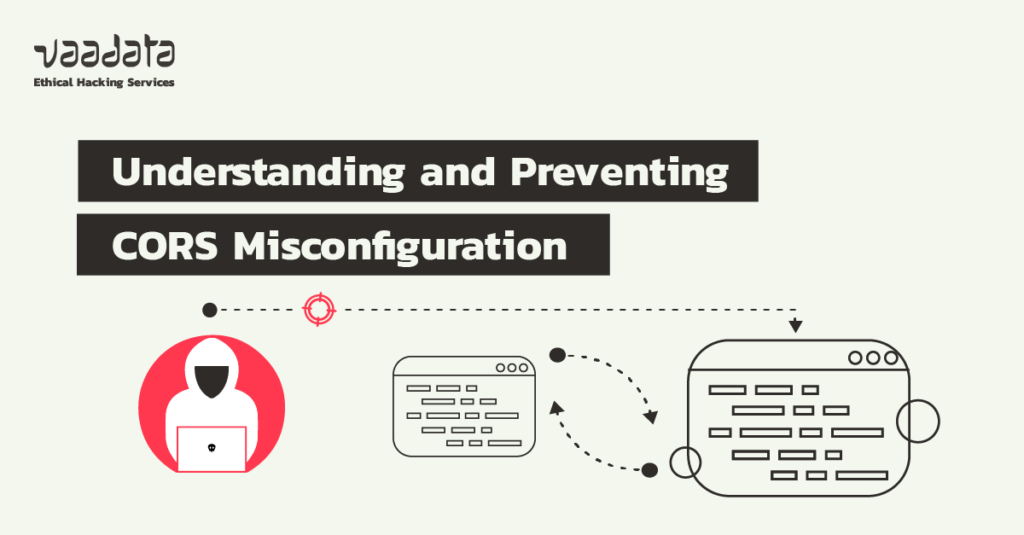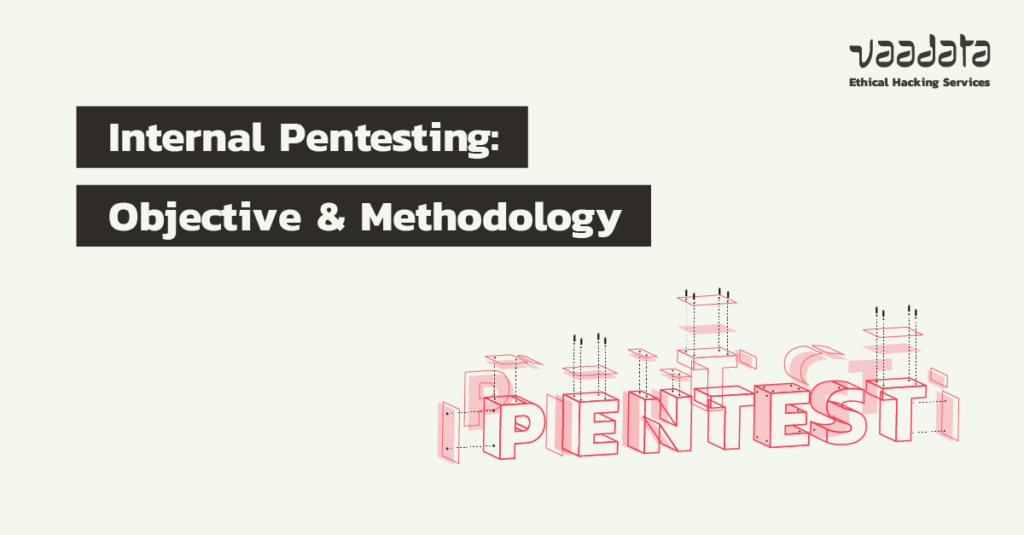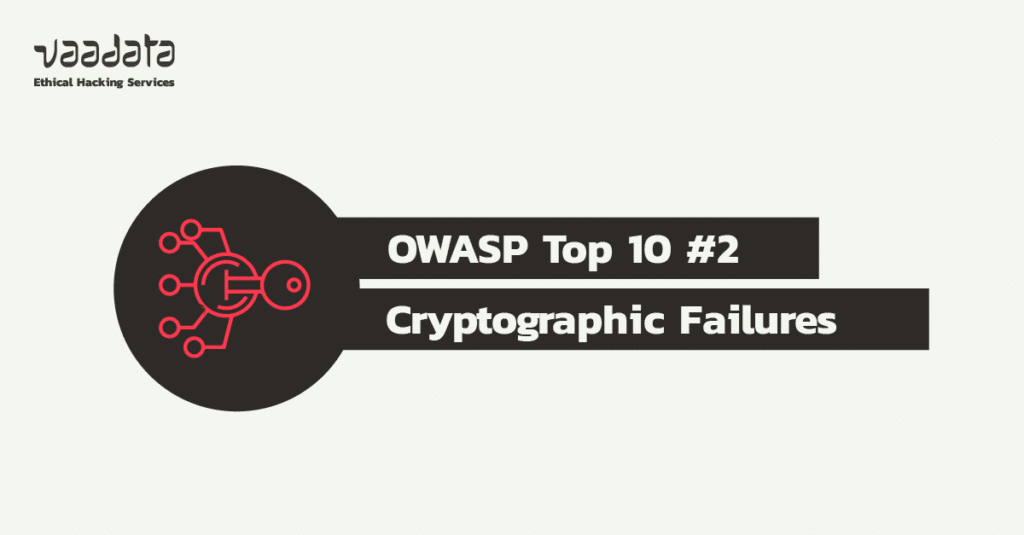
Before presenting practical examples of CORS misconfiguration, it is important to define several points. First, the principle of the Same-Origin Policy (SOP) will be explained, since the CORS mechanism modifies these rules by making them more flexible. We will then explain how CORS work. Finally, we will look at practical examples of improper configuration.









